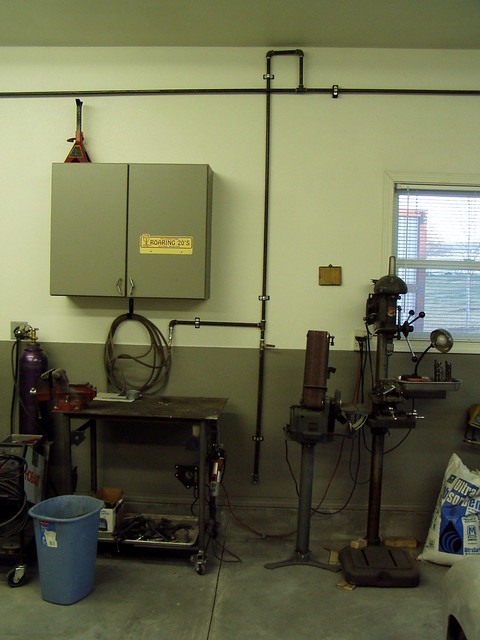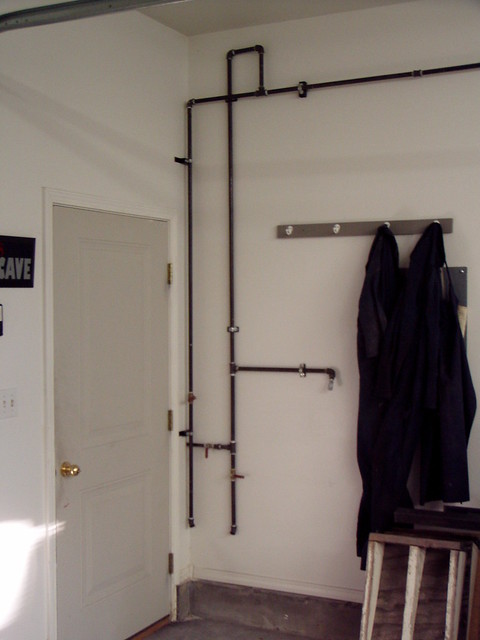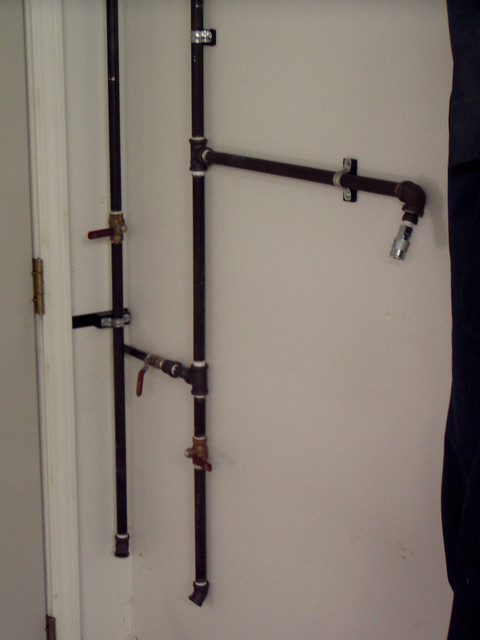JodyFKerr
Jedi Knight
Offline
Hey folks,
The wife finally gave me the OK to get some new tools.
Bought a 60 gallon upright (the medium sized HF one). Any tips and/or recommendations on the best way to install/setup this thing?
The one tip I remember from my Studebaker days was to cut squares from an old tire to put under the feet to absorb vibrations.
Jody
The wife finally gave me the OK to get some new tools.
Bought a 60 gallon upright (the medium sized HF one). Any tips and/or recommendations on the best way to install/setup this thing?
The one tip I remember from my Studebaker days was to cut squares from an old tire to put under the feet to absorb vibrations.
Jody

 Hi Guest!
Hi Guest!

 smilie in place of the real @
smilie in place of the real @
 Pretty Please - add it to our Events forum(s) and add to the calendar! >>
Pretty Please - add it to our Events forum(s) and add to the calendar! >> 






